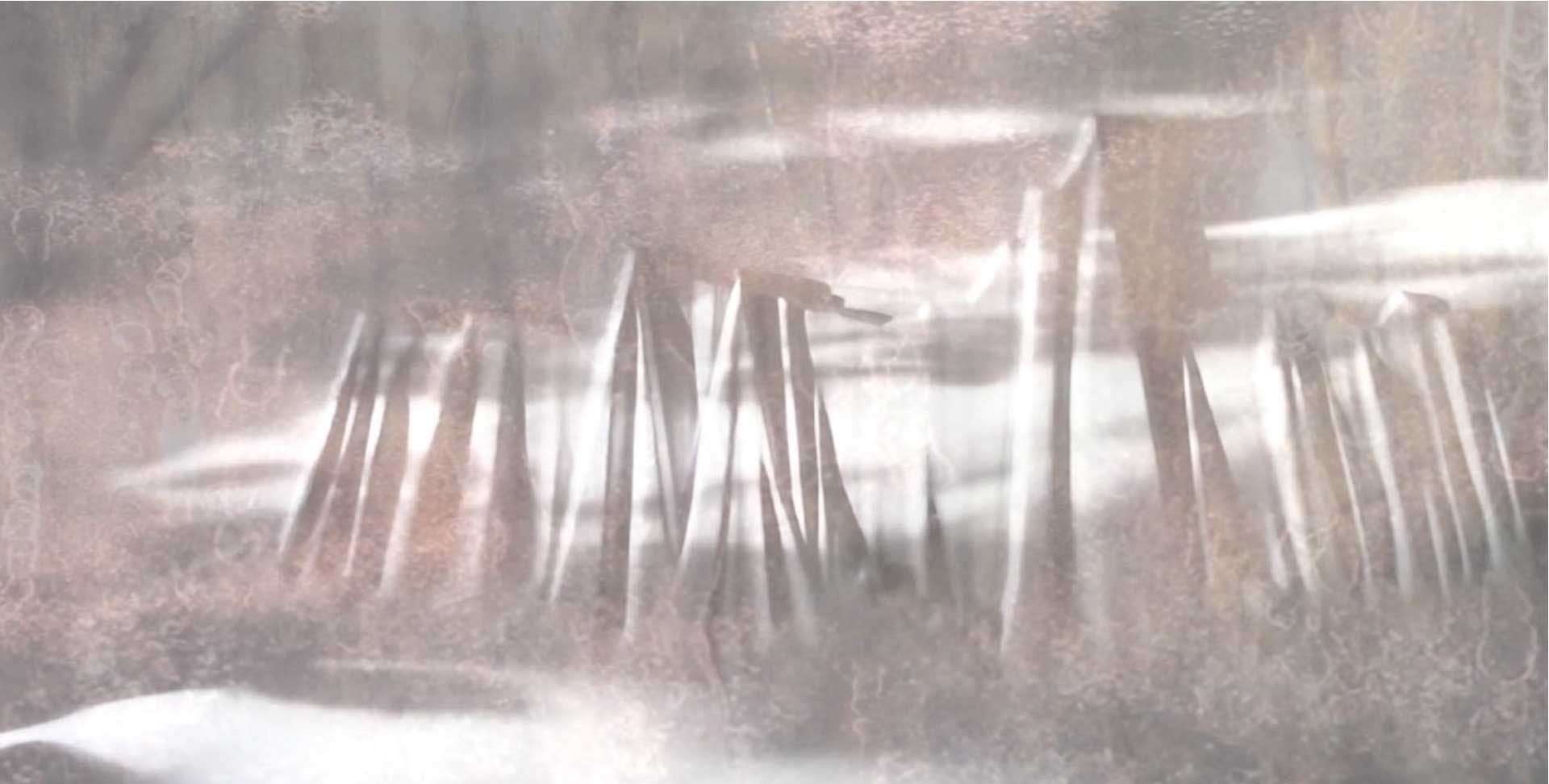exhibition | artists | reel | events | writings

SOUND LIGHT MEMORY, Jan Swinburne 2020
Techspressionism, Working Hope, and the Social Sculpture by Jan Swinburne
When thinking about this exhibition, it seemed important to place the social sculpture of Techspressionism somewhere specific, where its presence and impact could be noted. The times we live in are marked by polarization, and this Techspressionist social sculpture exists within various sets of binaries – in real life and through digital mediation. I thought it worthwhile to attempt a further understanding of its form. Its dichotomy of both presence, and absence, in this exhibition allows for some unique insights about art as a living organism in a time of digital existentialism.
When I first started thinking about the social sculpture of Techspressionism, it wasn’t difficult to scratch at the surface to find questions related to some of the core ideas expressed in Baudrillard’s “Simulations” – the idea that “…it is the map that precedes the territory – the precession of simulacra.” One can look at the social sculpture as the map in which the territory follows. I’m taking some liberties with Baudrillard here, because when you look at the at the idea of Techspressionism as a group of people pursuing an approach – not a rigid manifestation and the wide range and extremely different ideas and aesthetics that are realized, there a multiple paths or maps that precede, at least, an expressive territory. Also, I recently heard and astronaut remark on “useful simulations” and this struck me as something overlooked by Baudrillard, but also encompassing peripheral aspects of this work of the social sculpture.
This work, which is the art discussed here, exists as a binary: both present and absent within the exhibition. The artists who participate in the sculpture are spread across the globe. Collectively they have accepted the presence of common interest and the absence of obstacles, challenges or tensions of their region or culture that conflict with the common interest of the art, the social sculpture. This is the process of working hope. One of the interesting qualities of this social sculpture is that it appears to be defying a reductive description of itself as simply a group of artists gathering around a manifesto and making a scene. Historically many scenes and manifestos run a relatively short course with varying degrees of impact.
Perhaps this will be the case here too; however there are differences that stand out which are worth considering that may foster its persistence. Firstly, conceiving Techspressionism as a social sculpture begins the differentiation within the concept of techspressionism as “An artistic approach in which technology is utilized as a means to express emotional experience.” It defies a stylistic, absurdist, formalist, or rejecting frame per se that one often sees in the history of manifestos. It is an expansive premise anchored in the polarities that still exist within lifeless technology, and the breadth of human expression.
Secondly, there is a tacit expression of hope, which I would argue is the aesthetic of the social sculpture. It can be seen as fragile or enduring and this moves it towards the sublime. In practical terms, it is the work of hope. The showing up, the taking of initiative, the practice of patience, sharing of knowledge and enthusiasm, the acceptance of imperfect and messy human beings and their endeavours, tolerance of discomfort, and sensitivity to others. Just to name a few attributes. In my experience, these ideals have become salient in its manifestation because the idea behind, and the practice of, the movement is expansive instead of rigid. This offers a challenge to any particular dominance.
Another thing that aligns with hope, is pleasure. This quote from David Graeber’s essay, “What’s The Point If We Can’t Have Fun” succinctly lends itself to observable characteristics of the social sculpture. “Kropotkin’s actual argument is far more interesting….“To take flight in flocks merely for pleasure is quite common among all sorts of birds,” he writes.” I see this as crucial for our times; that we accept ourselves as engaging digital technology to facilitate our expressions while also remaining tuned in, beyond the screen. Thirdly, the social sculpture relies on digital social technologies to sustain itself. In one sense it is a subject of itself. It mediates geographical and psychological distance. It is founded on sharing which is allows its social manifestations to leave traces of events and connections. It’s definition is not fixed.
As with all artworks, interpretations vary from individual to individual and in the spirit of Techspressionism as a social sculpture, others are welcome and will no doubt add to the description of the experience. To showcase the social sculpture in Hello Brooklyn is an acknowledgement of a work of the many things the people bring to this shared creativity. When I think about the social sculpture as working hope, I am reminded of Gerhard Richter’s adage “Art is the highest form of hope” and I think this social sculpture works it well.
Jan Swinburne
Toronto, Canada
July, 2024
exhibition | artists | reel | events | writings

